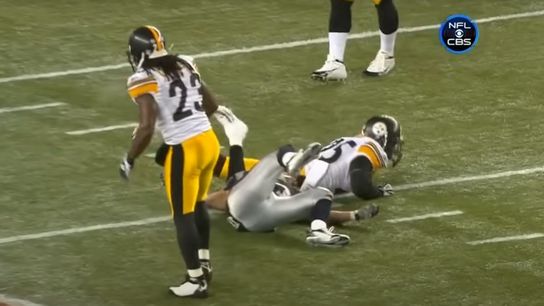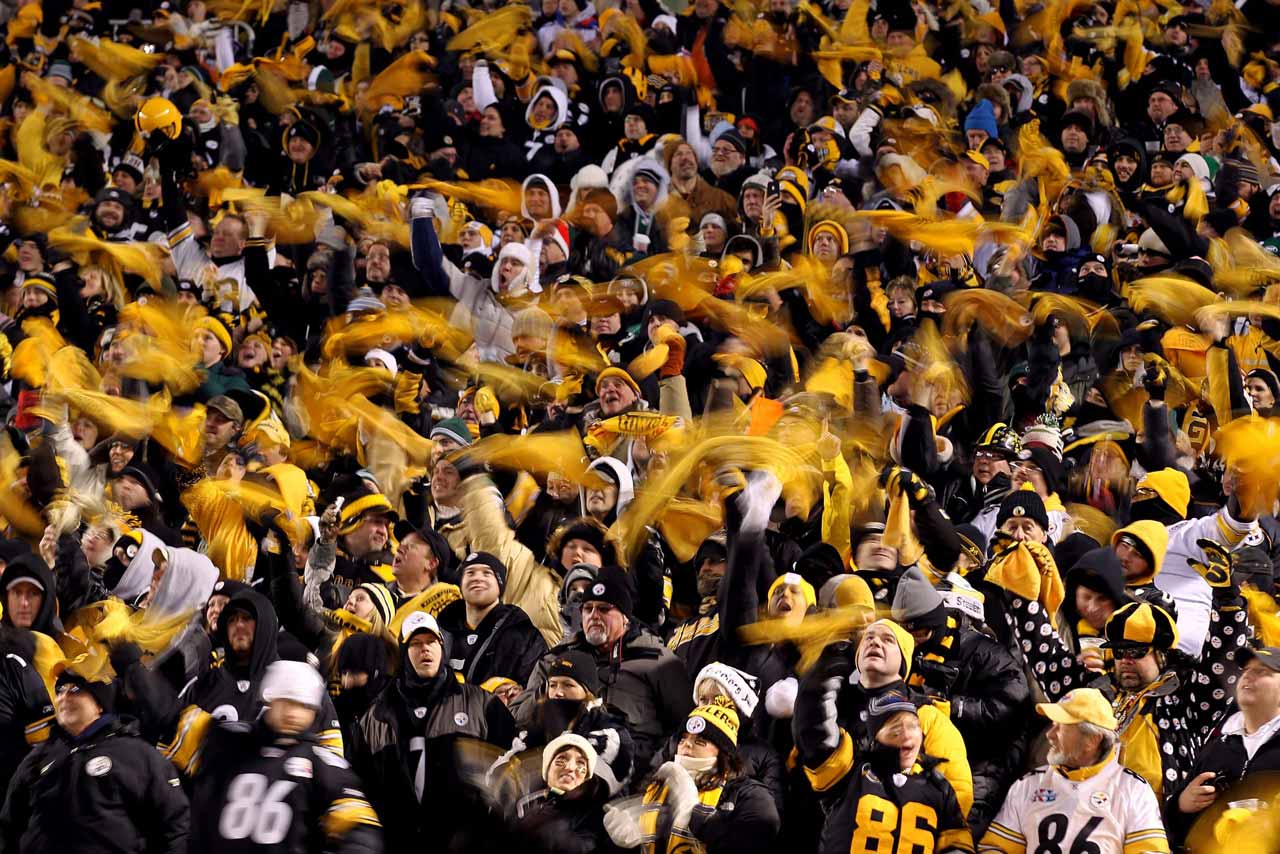The Pittsburgh Steelers defense in the 2000s and early 2010s really changed the rules of football. Their physical, punishing style of play pushed the boundaries of what was considered acceptable, leading the NFL to rethink its approach to player safety. While it wasn’t just the Steelers playing that way—many teams embraced a hard-hitting mentality—their defense stood out as one of the most aggressive in the league during that era.
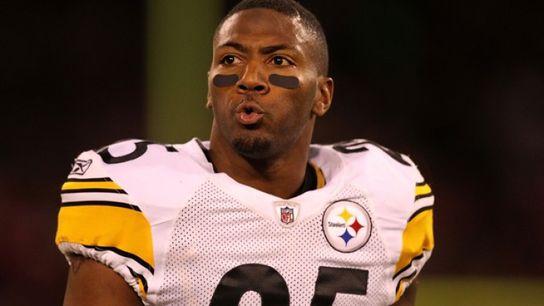
NBC Sports
Steelers' former safety, Ryan Clark looks on during an away game.
In 2008, the Steelers had one of the most feared defenses in the NFL, and safety Ryan Clark was right at the center of it. During a game against the New England Patriots, Clark delivered a brutal hit on wide receiver Wes Welker after a short slant pass thrown by backup quarterback Matt Cassel. The pass left Welker exposed, and Clark made him pay for it with a crushing blow that brought the stadium to a standstill. It was the kind of hit that would likely draw a flag—and a fine—by today’s standards.
The play was a clear example of how different the game was back then. Hits like that were celebrated, not penalized, and defensive players were taught to strike fear into opponents. However, that specific hit from Clark did draw a flag. In the current NFL, that hit may have gotten Clark suspended big time. Cassel recalled his feeling to watching Clark light up Welker on the Lots To Say Podcast on Thursday.
"He was that dude," Cassel said of Welker. "And he was one of those guys that would always put his body in harm's way. I remember I was throwing him like a short slant. We're playing the Steelers, and Ryan Clark came up and absolutely decapitated him. I felt so bad. I thought he was dead. And I walked up, I'm like, 'Bro, I'm sorry.' He's like, 'What the he**, Cassel?' I was like, 'I really thought I was going to fit it in there. I thought it was a good throw.'"
Over the years, the NFL has made numerous rule changes aimed at reducing these types of dangerous collisions. While football will always carry a level of risk, the league has recognized that it must evolve to protect its players from unnecessary harm.
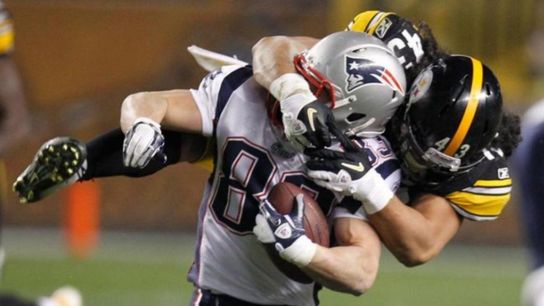
Gregory Shamus / Getty Images
Steelers' Troy Polamalu hits Patriots' Wes Welker during a home game in Pittsburgh.
The NFL’s primary concern has become helmet-to-helmet hits and the long-term effects of head injuries. Growing awareness around CTE has intensified the league’s efforts to make the game safer and address the lasting impact of repeated head trauma. While playing football at a high level will always carry a large amount of risk, the NFL continues to focus on limiting head trauma as much as possible.
Steelers' 2008 Defense Struck Fear Into Every Opponent
The 2008 Steelers defense was known for its hard-hitting, aggressive style that struck fear into every opponent. Up front, players like Aaron Smith, Casey Hampton, and Brett Keisel were relentless in controlling the line of scrimmage, disrupting both the run and pass game.
The linebackers, led by James Harrison and LaMarr Woodley, were known for their brutal hits and constant pressure on quarterbacks, making them some of the most feared pass rushers in the league. Harrison, in particular, was a menace on the edge, with his physicality and intensity setting the tone for the entire defense.
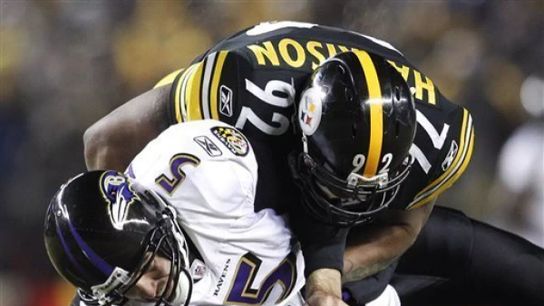
Gene J. Puskar / AP Photo
Former Steelers outside linebacker James Harrison registers a sack on former Baltimore Ravens quarterback Joe Flacco during a divisional playoff game in 2011.
In the secondary, Polamalu’s unpredictability and knack for delivering crushing hits made him one of the most dangerous safeties in the NFL, while Ike Taylor and Bryant McFadden provided lock-down coverage. This defense was built on its ability to hit hard and disrupt plays at every level, and it became a nightmare for opposing offenses, embodying the Steelers' reputation for physical dominance.
Every offensive player had to keep their head on a swivel, constantly aware to avoid becoming a target for Clark or any of the Steelers' hard-hitting defensive backs.
#SteelerNation

